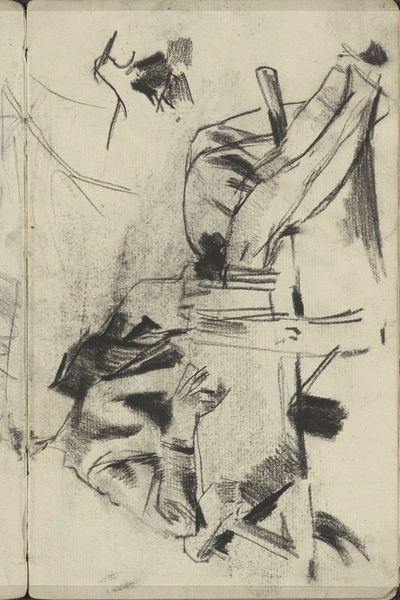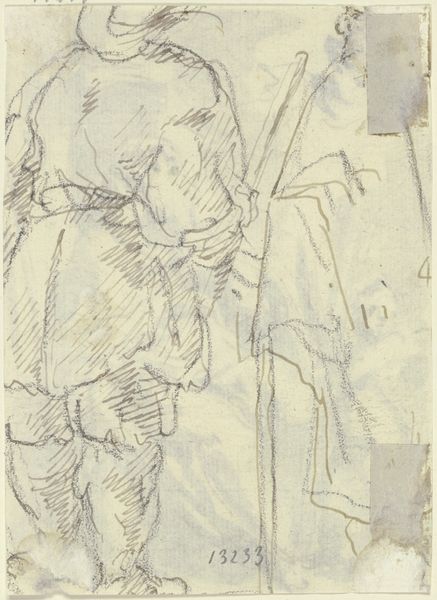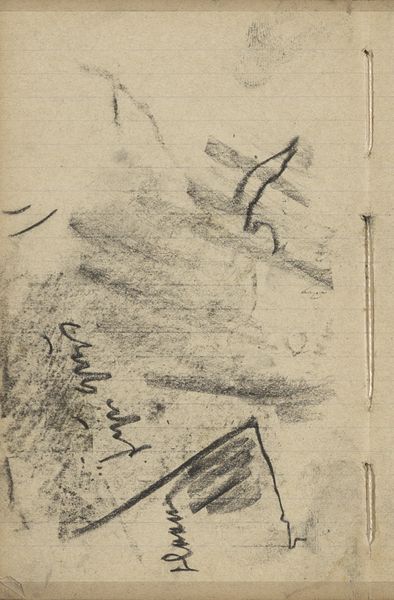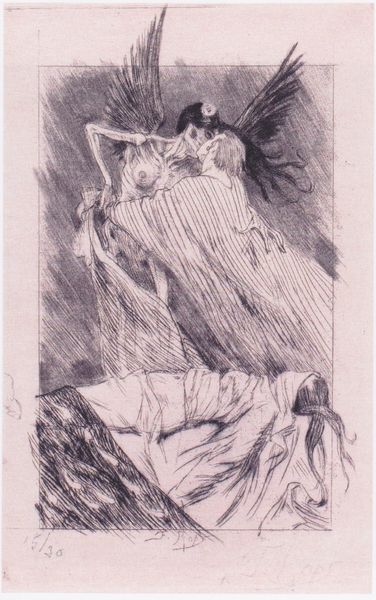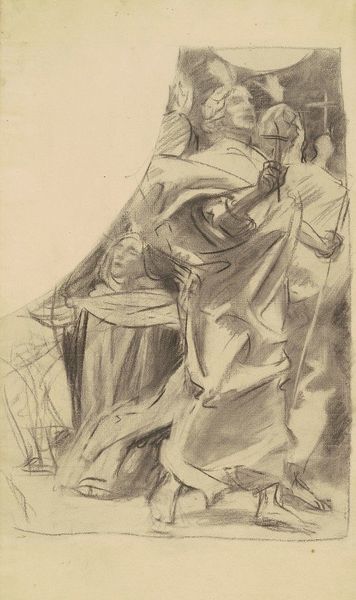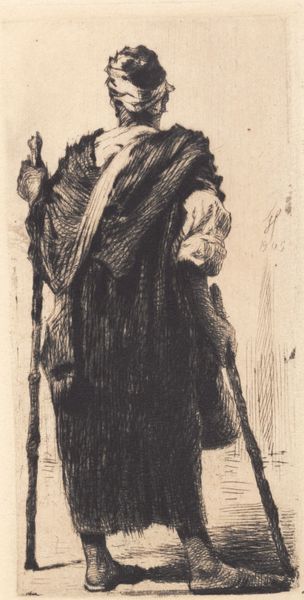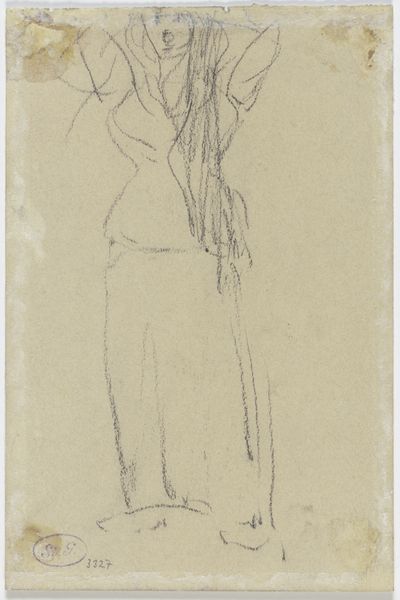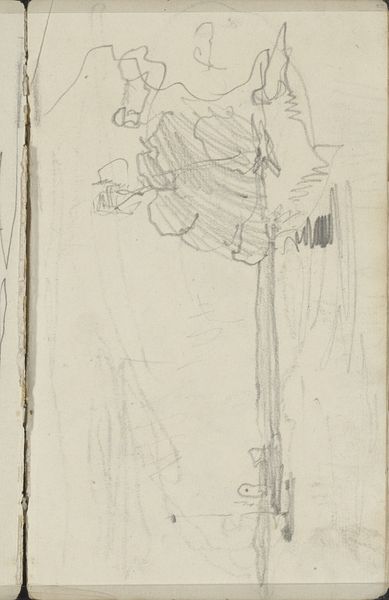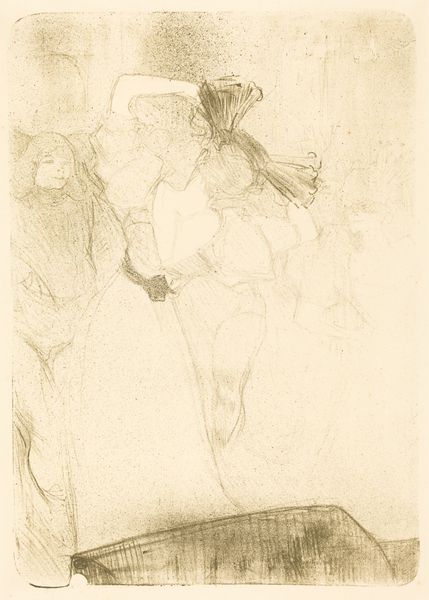
drawing, paper, ink
#
portrait
#
drawing
#
figuration
#
paper
#
ink
Copyright: Public domain
Editor: This drawing, "A Man with a Dog," is an ink on paper piece by Adam Elsheimer. The lines are so delicate and expressive. I’m immediately struck by the intimacy of the scene, the quiet bond between the man and his dog. How do you interpret this work within its historical context? Curator: Considering Elsheimer’s era, we need to think about the patronage system. Drawings like this were often commissioned or created for a small circle of collectors. They offered an alternative to large-scale public art, reflecting personal tastes and a more domestic view of life. The man's somewhat disheveled appearance also speaks to shifts in how artists began to depict everyday subjects rather than idealized figures. What does this suggest to you about the emerging role of art in society at the time? Editor: It suggests a move towards art that reflected the real world, not just idealized visions. Was this a common subject, portraying a man and a dog in such a way? Curator: Certainly, animal depictions, especially dogs, were gaining prominence. The rise of the middle class and their growing influence on art demanded representations reflecting their own experiences and values. Dogs weren't just pets, they were symbols of loyalty, companionship, and status. Artists started paying closer attention to capturing their essence in drawings and paintings. Can you think of how this might have been perceived differently by different social classes at the time? Editor: I imagine the upper class might have seen it as a sentimental, maybe even frivolous, subject compared to grand historical or mythological themes, whereas the emerging middle class could have seen it as reflecting their own values and experiences. It's interesting how societal shifts influence what is deemed worthy of artistic representation. Curator: Precisely! It reveals the fascinating interplay between social status, cultural values, and the very definition of art. And that dynamic continues to shape our understanding of art today.
Comments
No comments
Be the first to comment and join the conversation on the ultimate creative platform.

